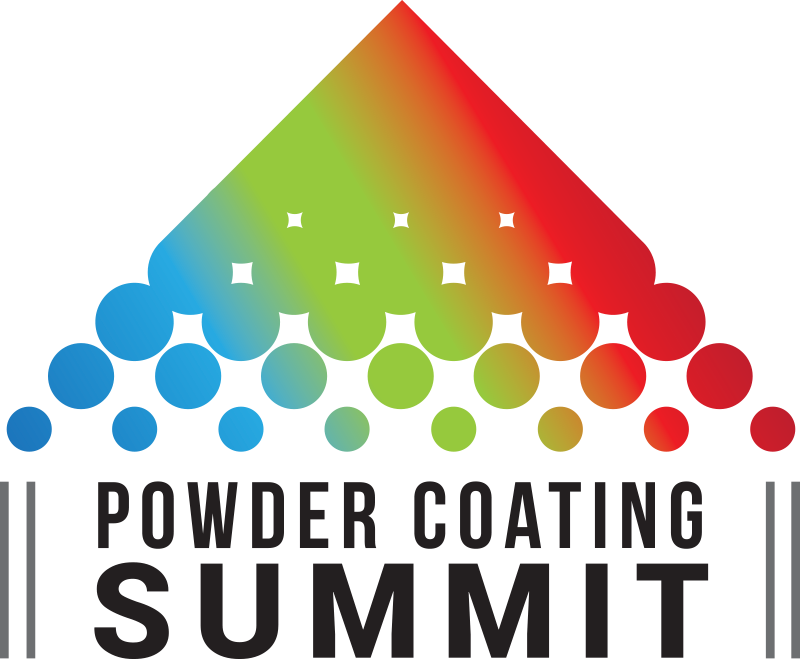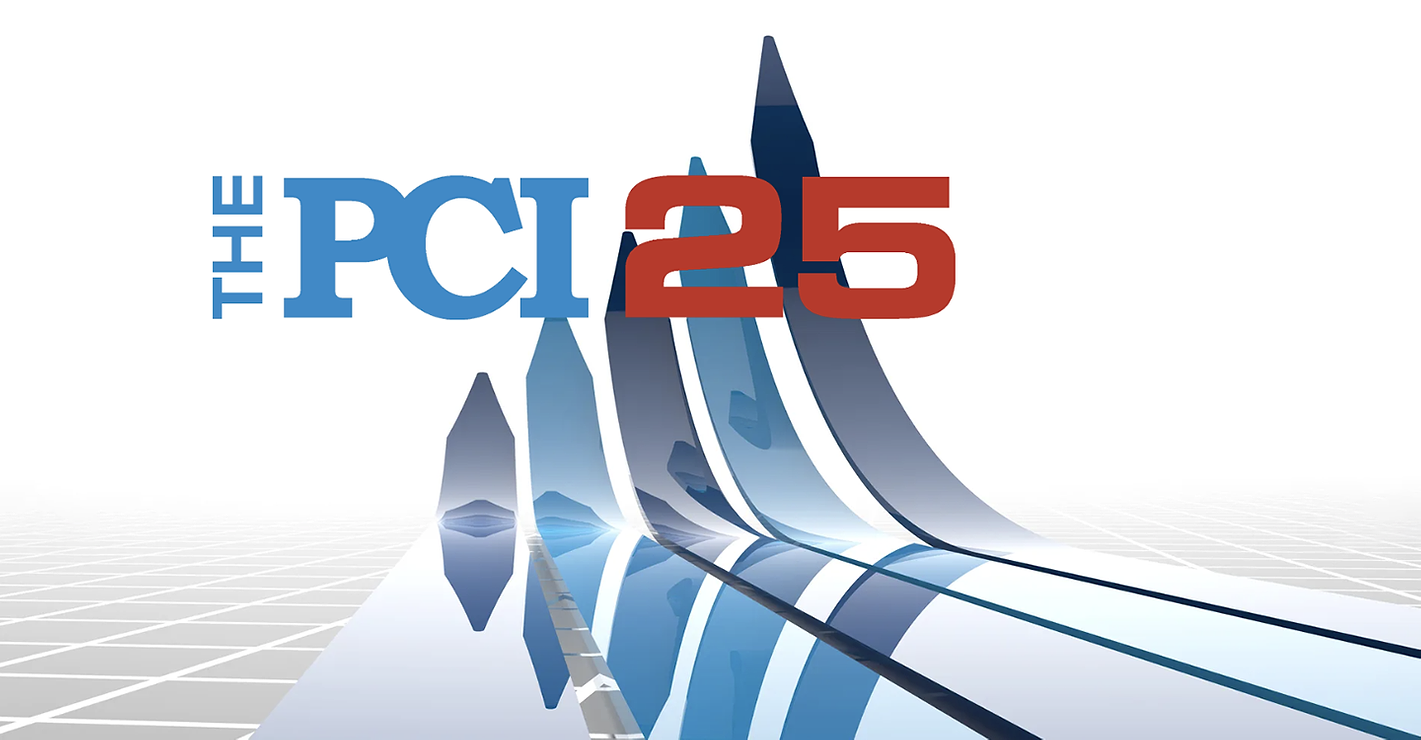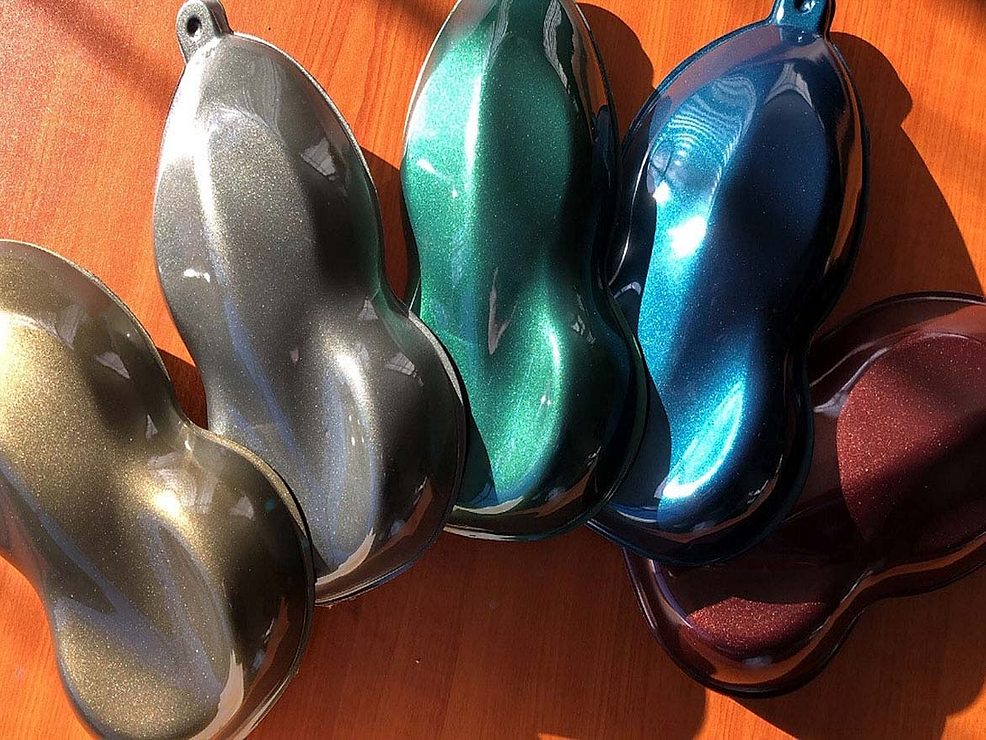
Nanoparticles Control Additive Release
How are nanomaterials used for the controlled release of additives in coatings systems?
The enhanced performance of a coating additive can be supported by the greater control of the specific in-application function of the additive. The controlled release of applied coating components such as biocides; anticorrosion additives and coating self-cleaning agents are important examples for an applied coating’s enhanced durability.
Nanoparticles have been utilized to encapsulate coating additives in such a way as to allow their sustained time-release after the coating has been applied. The encapsulation process involves the production of hollow microsphere nanoparticles that have pores through their surfaces. Because the particle and pore sizes can be varied, a significant degree of versatility can be exercised with coating-additive release properties.
An example of these nanoparticles is found in modified inorganic silica molecular frameworks. When additives are incorporated into the molecular cavity of these solids and formulated into an applied coating, their release is based on the selective aqueous extraction of the additive from the porous microsphere. The resulting controlled delivery supports an extended period of balanced additive function. In most instances, the released additive either migrates to the surface of the applied coating or is consumed by chemical processes within the film.
In cases where additives such as biocides are employed, the controlled release mechanism not only provides sustained protection from microorganisms, but also contributes to minimizing the negative impact to the surrounding ecosystem.
Nanomaterials Enhance Corrosion Resistance
How is metal substrate corrosion resistance enhanced when nanomaterial additives are employed in coatings?
Providing corrosion protection of metal substrates remains a significant technical challenge for coating technologists. Chemical corrosion inhibitors integrated into applied coatings can extend the lifetime of critical metal structures in a wide variety of applications.
Research on the composition of metal substrate corrosion products has revealed the major crystalline phase to comprise an iron (III) oxide hydroxide species. Study of the crystal structure of this species offers specific atomic arrangements and surface structural features that may be used to guide the design of model nanoparticles with appropriate atomic arrangements and surface structural features that inhibit the growth of the iron (III) oxide hydroxide. When these materials are applied to metal substrates or incorporated into an applied coating and bind favorably to the substrate surface, they become predictably good candidates for inhibition of corrosion.
Designing Coating Additives
Is it possible to chemically design specific coating additives to provide desired performance properties in an applied coating?
With the development of sophisticated computerized molecular modeling tools, it is possible to predict the structural characteristics of a great number of chemical species. For coating applications, the design of additives can lead to pigment surface-treatment chemicals that provide these treated pigments with greatly improved performance properties
In coating formulations, the rheological properties, the stability of pigment dispersions, and the optical properties of the resulting coatings are closely related to the colloidal stabilization of the pigment particles. Thus, designed additives can serve to promote the optimal association of coating formulation components to give rise to desired performance properties.
As an example, modeling studies can give insight to molecular association energies (intermolecular enthalpies) that can be used to judge adsorption strength of designed additives onto pigment surfaces. Such functionalized pigments can show greatly improved performance in their color strength, color shade and color saturation.



